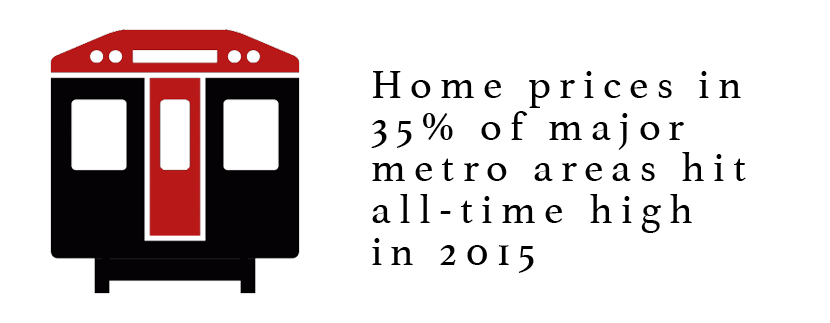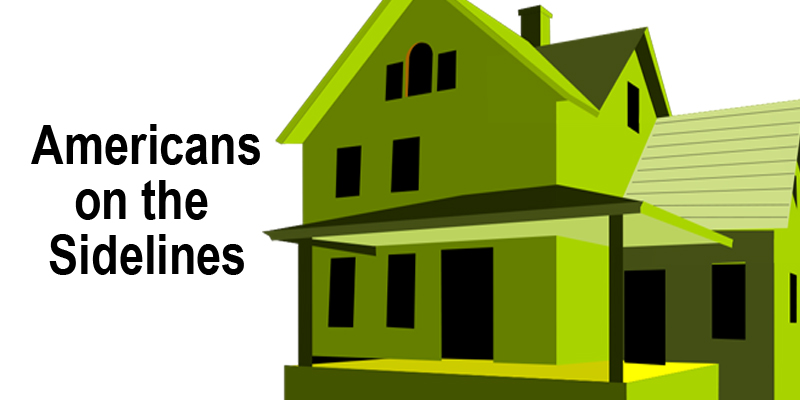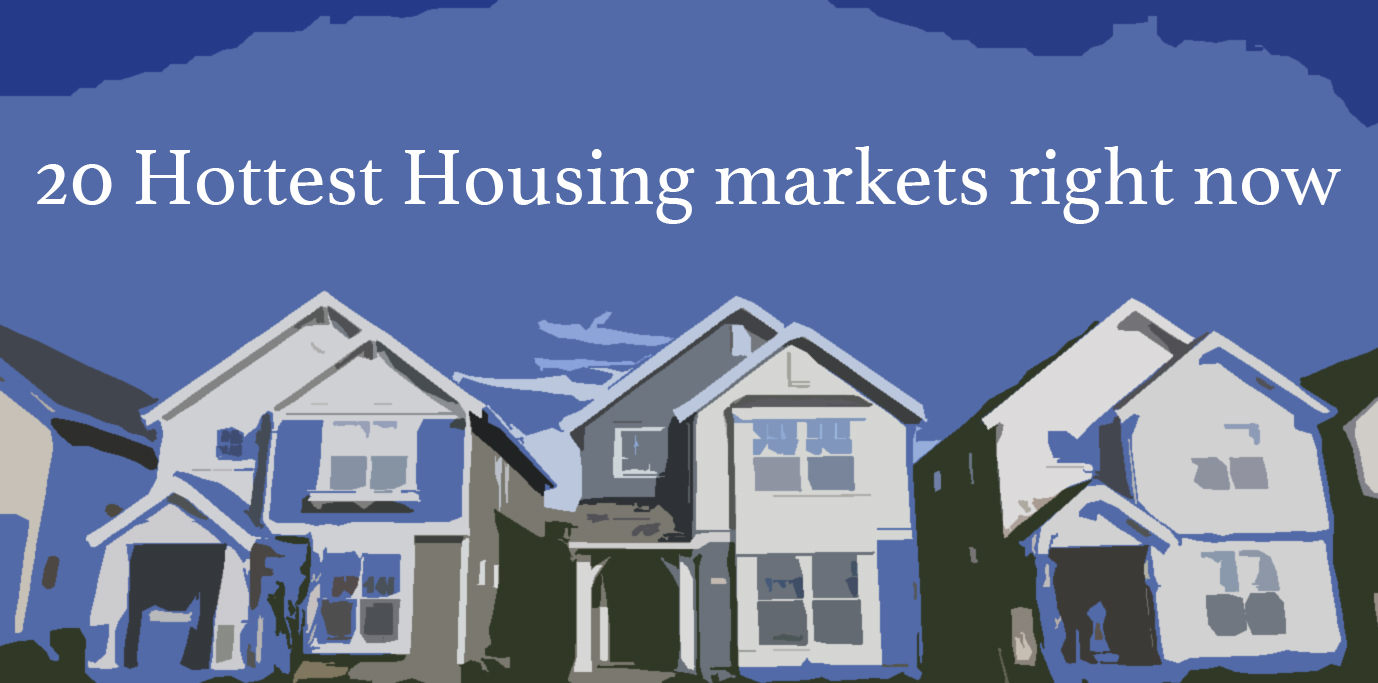Author: Igor Nastaskin
Five Great Ways to Save Money While Living Green in the New Year
Green living has become a popular concept, and that’s excellent news for the environment and the pocketbooks of homeowners. Try some of these great eco-friendly innovations for better living this year. 1. Solar-Charged Batteries: With the new solar-powered rechargeable home battery, you can harness the power of the sun for clean electricity. The solar panels store energy all day so that you can use it at night to cut down on your electric bill. 2. Smart Lighting: Energy-efficient light bulbs that are combined with smart lighting dimmers and sensors could eliminate 60 percent of your yearly energy usage. This enables you to control your lighting from anywhere and turn off lights automatically when no one is home or everyone has gone to bed. 3. Smart Heating Controls: With savings of up to 12 percent a year on heating and 15 percent on cooling, you’ll want to start using a smart thermostat. This can be programmed to change your temperature to appropriate settings when you are away or sleeping. 4. Community Solar Power: The installation of solar panels could save you as much as $130 each month, but it’s an expensive upgrade. You should check to see if your community offers the distribution of solar power that is generated from a central position. 5. Electric Cars: No longer just for the rich, you can now easily find an electric car that fits your budget. Some models even promise up to 200 miles per charge.
Assess your Credit Standing to Prepare for Buying a New Home
If 2016 is the year you buy your dream home, make an effort to get your ducks in a row, starting with your credit standing. The logical place to start would be at AnnualCreditReport.com where you can pull all three credit reports, free of charge, from TransUnion, Experian and Equifax. The reports may not contain the same details, and credit scores will vary because each credit bureau uses its own metrics for calculating your score. Access to your credit score is an add-on, fee-based feature. However, this number is a measure of your credit-worthiness, and financing sources rely on this number when reviewing your loan application. A score of 620 is usually the minimum acceptable number for major lenders while the Federal Housing Authority expects a score of at least 580 to approve a loan with 3.5 percent down payment. Examine the reports thoroughly, paying close attention to all adverse reports. About 5 percent of all credit reports contain an error. If you find one, ask the credit bureau involved to correct the information, but you will have to provide proper documentation to back up your request. An occasional blip on your record for making a late payment may be rectified by calling the reporting company and requesting them to delete the information. This usually works if your credit history is generally free of these blemishes. The debt-to-credit ratio reflects the extent of your current debt burden. Plan on paying down credit card debts to improve this ratio. As an alternative, ask your card issuer to raise your credit limits. Your debt level will be constant, but your credit utilization number would be lower.
The housing market hasn’t peaked yet
Thanks to the housing market crash during the Great Recession, you may be hesitant to purchase real estate out of fear prices have reached their highest points. You may believe buying today means your home value will decrease. However, this is not true. Here are five reasons to buy a home now. 1. The Market Has Not Reached Its Peak. Even though prices are rising, they are still 19 percent lower than they were before the market peaked. There is still over a year to go before the market will reach its top level. 2. The Market is Hot. Throughout the country, the real estate market is hopping. Home values are increasing, but since many individuals are entering the market, inventories are low. 3. Rates Will Rise Shortly. To help buyers, the Federal Reserve has kept rates low. However, this will change soon. It makes no sense to pay more for property at a later time. Also, January closings offer the best discounts as well. 4. Poor Time for Rentals. Since rental rates are very high, this market is not appealing. Affordability is not expected to get better, so it makes more sense to buy a house. 5. Mortgage Insurance is Affordable. One major roadblock for many potential home buyers is the normal 20 percent down payment. Without this money, individuals are forced to obtain mortgage insurance. This is extra protection for the lender that guards against default. On a positive note, today’s rates for mortgage insurance is quite affordable. Although it is an expense, it is less costly than it was in the past.
The National Foreclosure Rate Falls
A recent report detailing the nation’s foreclosure rates show that the housing market is continuing its rebound. Based on October’s numbers, the country’s foreclosure stock decreased, and the portion of all loans that are in the foreclosure process fell to 1.2 percent from 1.5 percent. If you’re considering a home purchase, then now is a good time to begin searching for one. Foreclosure Rates Decline According to the October report, rates fell by 21 percent, which is about 463,000 homes across the nation. Since 2011, the foreclosure stock has decreased each year. The October numbers show that foreclosures have dropped by about 70 percent from their peak in January of 2011. In fact, just four states reported increases. Of the 47 states that confirmed foreclosure decreases, 15 of them reported decreases that were more than 20 percent. Florida, Oregon, Michigan, Idaho and Colorado posted the largest inventory drops. For these five states, the drop percentages ranged from just over 26 percent to as high as 40 percent. The states that saw a rise in foreclosure percentages included Massachusetts, Wyoming, the District of Columbia and Rhode Island. Seriously Delinquent Rates Fall The latest reports even show a decline in the number of loans that were delinquent by 90 days or more. In October of 2014, the seriously delinquent rate was at 4.1 percent. This year, the percentage dropped to 3.4 percent. An Improving Economy Better economic conditions and lower unemployment rates are responsible for the foreclosure rate decline. In addition, the October foreclosure numbers are the lowest that they’ve been for the last eight years. For buyers, home purchasing conditions appear to be close to ideal.
RealtyTrac: Home prices in 35% of major metro areas hit all-time high in 2015
In 2015, over one-third of the country’s major metro areas reached all-time high home prices. Detroit, one of these locations, hit a peak in October. According to the real estate records, the median sale price was $155,000. Other areas approaching peak levels included Dallas, St. Louis, Denver, Pittsburgh, and Portland. For the first 10 months of 2015, over 2.8 million single-family properties and condos were sold. This marked a nine-year high and was a 6 percent increase from 2014. The median sales price was $207,000, which was up 10 percent from 2014. Even though there was an increase for four consecutive years, the median sales price was still 9 percent under the top price in 2005. In October, approximately 90 percent of markets realized an increase in home prices. If you are a home seller, you are enjoying this market. Average sellers are receiving a 16 percent profit-since-purchase. Real estate experts have explained October 2015 saw cash sales increasing for the third consecutive month. This segment accounted for almost 29 percent of monthly sales. Even though this number is up from previous months, it is down from last year. The latest numbers for October also showed 8.1 percent of single-family residences were owned by banks. On a positive note, this was down from October 2014. The median price of these bank-owned properties was $121,000. This was 42 percent less than the median home price for the month. Metro locations with the largest portion of October REO sales were East Stroudsburg, PA, Bakersfield, CA, and Tallahassee, Fl.
Baby Boomers Control Housing Market Fate
Many analysts continue to focus on the Millennial generation when analyzing housing demographics. However, a recent report from Freddie Mac indicates that the housing choices made by Baby Boomers will have an even greater impact on future tends and patterns. How Age Affects Home Ownership An aging population affects homeownership is a variety of ways. Currently, nearly two thirds of all tangible home equity is concentrated among those over the age of 55. As a result, the housing-related decisions made by the 55+ age group will have significant repercussions for younger generations, especially the Millenials. If aging Baby Boomers decide to stay in place, the supply of homes available to those under 55 will remain limited, which may exert upward pressure on market pricing. Conversely, if Boomers choose to explore senior-oriented housing options, that segment of the market will experience substantial growth while overall housing affordability may improve due to increased supply. Why Baby Boomers Control the Housing Market Over 50 percent of Baby Boomers own their homes free and clear, and as a group, they account for only one-third of all mortgage debt. In terms of relocation and financing, this flexibility presents some interesting questions as to exactly how Baby Boomers will influence the market moving forward: * As a group, will Boomers downsize and relocate or age in place? * How will the Baby Boomers respond to senior-focused housing options? * What was the financial impact of the 2007 recession on the Baby Boomer generation? * How will Baby Boomers manage their significant home equity? No matter how these questions are ultimately resolved, there is no doubt the Baby Boomer generation will largely determine the future direction of the housing market, financial industry and national economy for several decades to come.
Lack of Confidence in Real Estate Market Keeping Americans on the Sidelines
While many would-be homebuyers agree that the American dream of owning one’s home is still a viable goal, a growing number of people hesitate to take the first step out of fear of losing their down payment. They worry that if they are faced with selling their homes within two to seven years that they would not able to recoup the amount of money they put down on their houses. Studies show that many people would be more willing to buy a home if their down payments were protected. A recent survey reported that 63 percent of renters would explore buying a house if they knew that their down payments would be protected in some manner. The same survey showed that 31 percent of current homeowners would consider buying a new house if they were offered the same coverage for their down payments. Moreover, a significant number of existing millennial homeowners report that they would have purchased the down payment protection had it been available when they first purchased their homes. Thirty percent of homeowners of all ages express this same sentiment. Given these statistics, it is little wonder that many people want to buy their own home, but hesitate to do so without knowing that the money they worked so hard for to put down on a house will be safeguarded. The American dream has always included buying a house. Once this down payment protection is put in place, it is likely that more eligible renters, first-time buyers, and existing homeowners will resume buying new homes.
20 Hottest Housing markets right now
October has historically proven to be a slow month in real estate, and last month held true to this tradition. However, despite the natural slowness of the market, some cities performed exceptionally well, with houses up for sale moving faster than last year’s listings. The hottest real estate markets last month saw view rise from 1.8 to 3.6 times the normal average. Houses remained on the market for for an average of 30 to 47 days, historically much shorter periods of time than previous years. The top 20 hottest markets in October proved to be Denver, San Jose, CA, San Francisco, Dallas, Vallejo, CA, San Diego, Sacramento, Santa Rosa, CA, Yuba City, CA, Los Angeles, Stockton, CA, Santa Cruz, CA, Midland, TX, Nashville, Oxnard, CA, Detroit, Boulder, CO, Ann Arbor, MI, Modesto, CA, and Fort Wayne, IN. These 20 markets performed well last month. Even so, industry insiders note that fewer houses were up for sale because October is the time of year when fewer people are selling their homes. The reduction of number of houses for sale left buyers with fewer choices. In fact, the average age of the inventory in these cities is 81 days, which is a day more than September, but still three days shorter from last year. Overall, October’s housing market did well considering that this time of year is a slow-down for the real estate industry. This month witnessed the same seasonal decline in houses for sale versus demand that the market always experiences each October.








